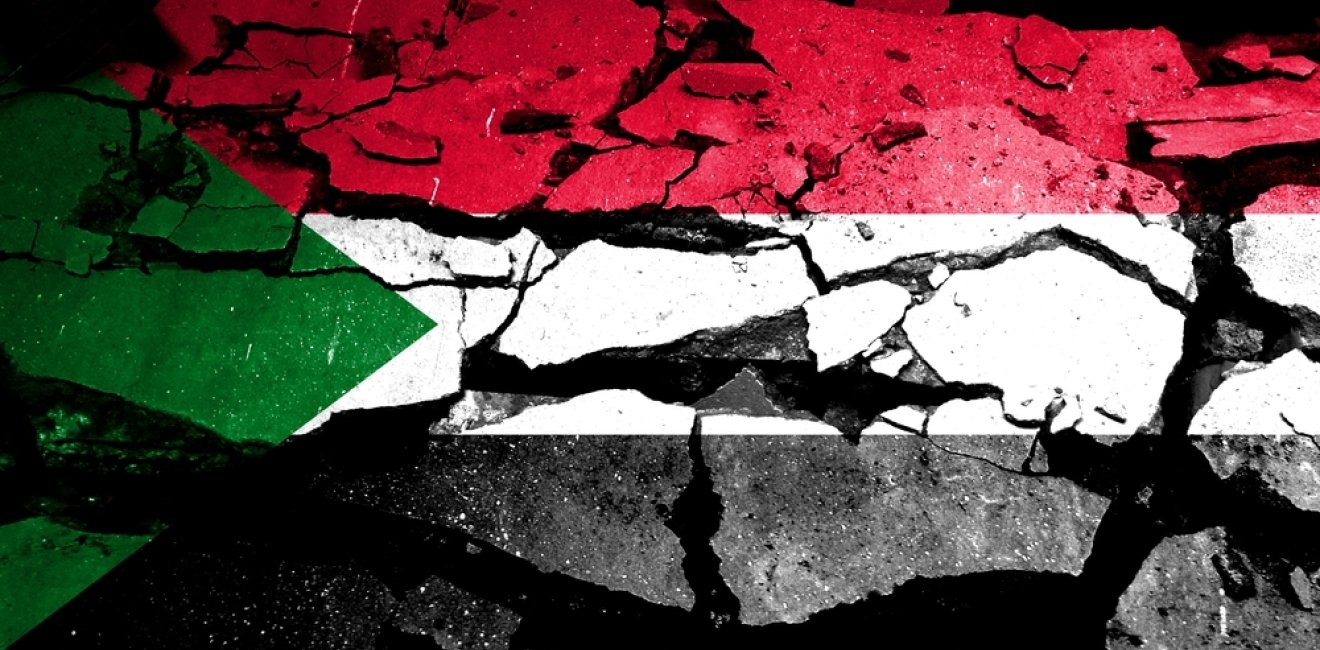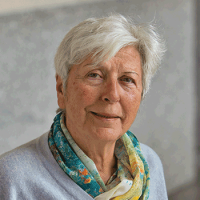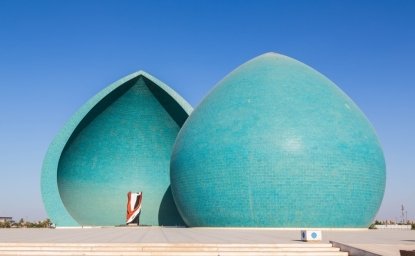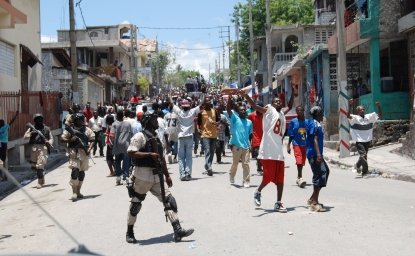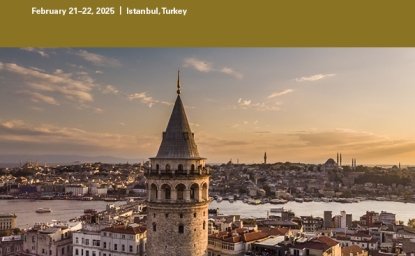Sudan is again at war, and this time the situation is worse than ever. Since independence in 1956, Sudan has experienced little peace. An on-again-off-again war in the south eventually led to the independence of South Sudan in 2011, but conflict has continued along the border and within South Sudan. The Darfur region in the west has been the scene of the extermination of an estimated 3 million non-Arab inhabitants between 2003 and 2020. And at the center, power in Khartoum has always been contested between military and civilians, with control see-sawing back and forth amidst a series of military coups d’état and repeated successful attempts by civilian forces to reassert their power.
Never during this troubled history has the violence escalated to the level of open warfare in the streets of Khartoum, with the regular armed forces and the Rapid Support Forces (a spin-off from the Janjaweed militias that carried out the Darfur massacres) facing off in Khartoum as well as in the provinces.
Caught in the middle
Civilians are caught in the middle as the rival armies use heavy artillery and airplanes in an effort to exterminate each other. The stories of terrified families trapped and killed in their homes are heartbreaking. Another story concerning civilians is getting less attention but will probably have more severe long-term consequences for the country: the people in the streets, whose prolonged protest led to the demise of Bashir, and the organizations that have continued to confront the military ever since, have been pushed aside in the fighting.
There is a real danger that civilians will not be able to reassert any influence in the foreseeable future, leaving Sudan completely under military domination, as is the case in neighboring Egypt.
A coalition of professional syndicates and NGOs, the Forces of Freedom and Change, was able to force the military into negotiations and to reach a remarkable although shaky power-sharing agreement meant to lead to a return to civilian rule. With two fully armed adversaries fighting it out in Khartoum and the provinces, civilian voices have been silenced. There is a real danger that civilians will not be able to reassert any influence in the foreseeable future, leaving Sudan completely under military domination, as is the case in neighboring Egypt. But such an outcome is not a foregone conclusion.
The warring factions
The confrontation in Sudan was essentially unavoidable. Sudan’s military forces are divided in two factions, each heavily armed and with its own supporters outside the country. Whether the two factions also had different agendas, other than controlling power, is less clear. One of the factions consists of the regular armed forces, which also control the air force and, less relevant to the fighting, the navy. It is headed by General Abdel Fattah al-Burhan, who has been the face of military control in Sudan since the overthrow of Omar al-Bashir in April 2019.
Burhan is supported by Egypt, Hemedti both the United Arab Emirates and Russia’s Wagner Group, among others.
The other faction consists of the Rapid Support Forces, formed as a result of the fighting in Darfur. It started as a loosely organized set of militias in 2003, but it has transformed into a centrally controlled and heavily armed army. It is led by General Mohammed Hamdan Degalo, also known as Hemedti. Born in Darfur, he has become one of the richest businessmen in the country, controlling, among others, the gold mines of Western Sudan. He is highly ambitious and clearly capable, but he has so far been forced to play second fiddle to Burhan, serving as his deputy in Transitional Sovereignty Council. But Hemetdi is no second in command in his own eyes. Both sides enjoy the support of numerous outside forces. Burhan is supported by Egypt, Hemedti by both the United Arab Emirates and Russia’s Wagner Group, among others.
Burhan became the head of the Transitional Military Council and Chairman of the Transitional Sovereignty Council formed as a result of the negotiations with civilians. The Transitional Sovereignty Council was reshuffled after the 2021 coup, but Burhan remained the chairman. As part of the 2022 Agreement that put civilians back in the transition process, the Sudanese Armed Forces and the Rapid Support Forces were supposed to merge into one body under a single leadership. The idea makes sense because a bifurcated military poses an enormous danger. But neither Burhan nor Hemedti wants to be the loser and come under the authority of the other, and they are fighting it out on the battlefield.
Different scenarios
There are three possible outcomes to this struggle, although a conclusion is not likely to be reached any time soon, probably not until several ceasefires have been reached and violated, and after many countries have tried their hand at mediation.
The first is a victory by the regular armed forces. This may be possible in Khartoum, but it would lead to a continuation of the fighting in the provinces, particularly in Darfur, where Hemedti still has militia support. Another and less likely outcome would be a victory by the Rapid Support Forces. It would lead to much bloodshed, but it may put an end to the fighting in most of the country because the regular army probably cannot draw on regional groups to continue its resistance. The third outcome, unfortunately quite possible, would be a prolonged stalemate.
There is, unfortunately, no way to avoid [continued civilian suffering], and humanitarian organizations, also caught in the middle, are having a hard time trying to help.
All three outcomes would entail continued suffering for the civilian population caught in the middle. There is unfortunately no way to avoid this, and humanitarian organizations, also caught in the middle, are having a hard time trying to help. Nevertheless, a victory by Burhan might provide an opening for the Forces of Freedom and Change to reclaim a role for themselves. A government in Khartoum faced with resistance in the provinces would need to avoid a political confrontation with civilians in Khartoum.
The future of the Forces of Freedom and Change looks quite dim under a prolonged stalemate or a victory by the Rapid Support Forces. But dire as the situation is at present, it would be wrong to write off Sudanese civilian organizations yet. They have forced a return to civilian rule several times in the country’s history. But that history also shows that the military always will always try to come back.
The views expressed in these articles are those of the author and do not reflect an official position of the Wilson Center.

